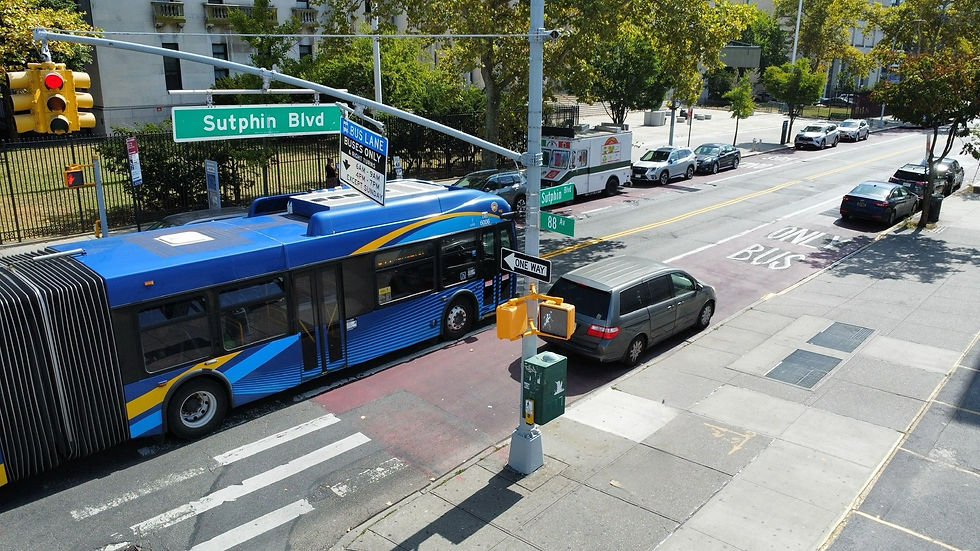Why the City of Yes' Universal Affordability Preference Kinda Sucks.
- realestateunlimited
- May 6
- 2 min read
Updated: Sep 16

I support replacing spot Voluntary Inclusionary Housing (VIH) zones with a more streamlined, citywide approach like the Universal Affordability Preference (UAP). But the way UAP is being implemented under the City of Yes zoning amendment has many developers hitting pause—and here’s why:
To access FAR (Floor Area Ratio) bonuses under UAP—such as going from 3.0 to 3.9 in a R6A zone—developers must meet these thresholds:
For projects under 10,000 sq ft of affordable housing: the bonus FAR, (in the above R6A example of 0.9) would need to have an average 60% AMI (Average Medium Income)
For anything over 10,000 sq ft: at least 20% of that overage must also serve households at or below 40% AMI
Now compare that to the new 485-x tax abatement (which, while not as generous as the now-expired 421-a, still offers up to 35 years of tax abatement plus 3 years during construction). In contrast:
485-x generally requires a set aside of 20% affordable units at 80% AMI
For context, 2025 NYC/HPD AMI rent limits for a one-bedroom
60% AMI = $1,822/month
80% AMI = $2,430/month
In practice, most developers I speak with are choosing to skip UAP and instead just build base FAR projects paired with 485-x benefits. It’s simply the better deal under current market conditions.
But what if there weren’t a better deal? What if the AMI levels for UAP and 485-x were aligned?
I know this might be unpopular, but I believe 485-x should have mandated affordability at 60% AMI instead of 80% to better support working-class New Yorkers. Yes, developers would have resisted—but the 35-year tax abatement is and would have still been very powerful. Given the vacuum created by the expiration of 421-a, I believe builders would have begrudgingly adapted.
A 485-x threshold at 60% AMI could have led to stronger alignment with UAP and broader adoption overall—resulting in more truly affordable units
Right now, UAP just doesn’t offer a compelling enough incentive vs just using 485-x. But it could have if builders had no “better” option.
Curious what others are hearing: How is UAP landing in your circles?




Comments